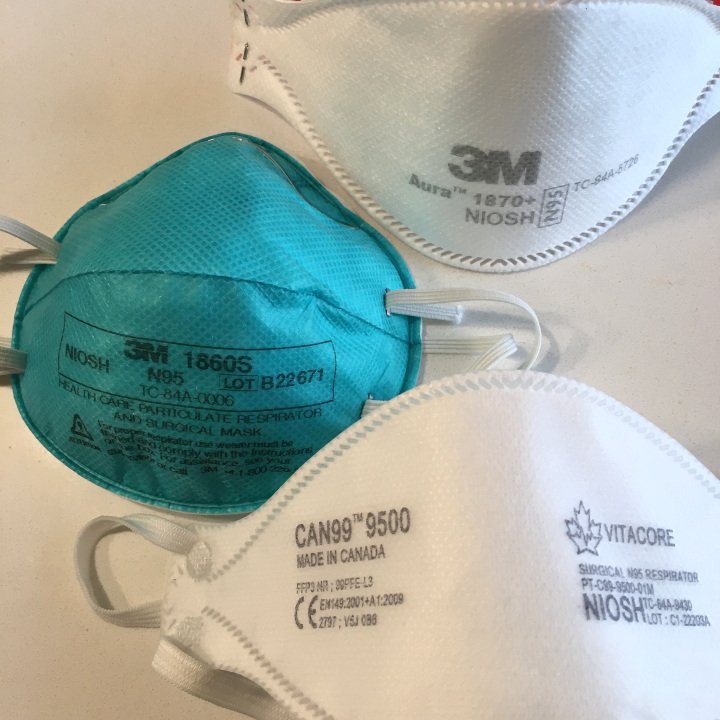Mark Servos is going back to studying fish.
After more than four years of testing wastewater for traces of COVID-19, the University of Waterloo fisheries biologist and his team that spans 12 universities will take their last samples next week as the country’s largest wastewater network officially disbands.
The Ministry of Environment, Conservation and Parks has terminated the program as of July 31, removing one of the last reliable trackers of the virus’s spread in communities across Ontario.
It has been a long four years for Servos, building a network of close to 150 people at its peak; many are now looking for new jobs with the program’s conclusion.
Surveillance was never the type of work Servos thought he would be doing in his lab. But when an article out of the Netherlands about wastewater testing came across his desk in 2020, Servos realized his lab in Waterloo had all the same chemicals and capabilities.
“Over a couple of weeks we got the methods up and running, and then we started contacting the public health units,” Servos said in an interview this week. “We were working with the Canadian Water Network, and they got us in contact with Peel Region, York Region and Waterloo Region. So, we started doing surveillance directly for them in the summer of 2020.”
It was a major breakthrough, made more significant in the years ahead as the province ramped down its testing capabilities for individuals showing symptoms. Wastewater testing was non-invasive, could be done in a small lab away from the public, and gave reliable updates that decision-makers and the public could easily follow.
After linking up with a group out of the University of Ottawa, which created a similar grassroots program, the two labs started working directly with the province, which first gave them funding, and then gave them the resources to develop a larger program, consisting of 12 universities.
“The problem is we just couldn’t handle it all,” said Servos. “We were doing a couple sites and Ottawa was doing a couple sites, so we needed more capacity. By January of 2021, all these other sites came on board, and we started into this large initiative.”
It was a critical step forward, and it happened just in time.
“When Omicron came, it overwhelmed the clinical testing, and so they reduced the clinical testing,” Servos said. “Wastewater, along with hospitalization numbers, became the only reliable way to monitor the trends. So, we demonstrated we could monitor the trends in the wastewater, and that’s become very valuable.”
Over the four years, Servos and his network developed different ways to look for new variants, and then added sequencing to follow all the subvariants and sublineages.
“It has really been a huge scientific success,” he said. “We didn’t know we could do this, then all the sudden there was a need, and people stepped up and showed we could do it. And once it was shown it was useful, people came forward, and it was essentially a network of volunteers.”
